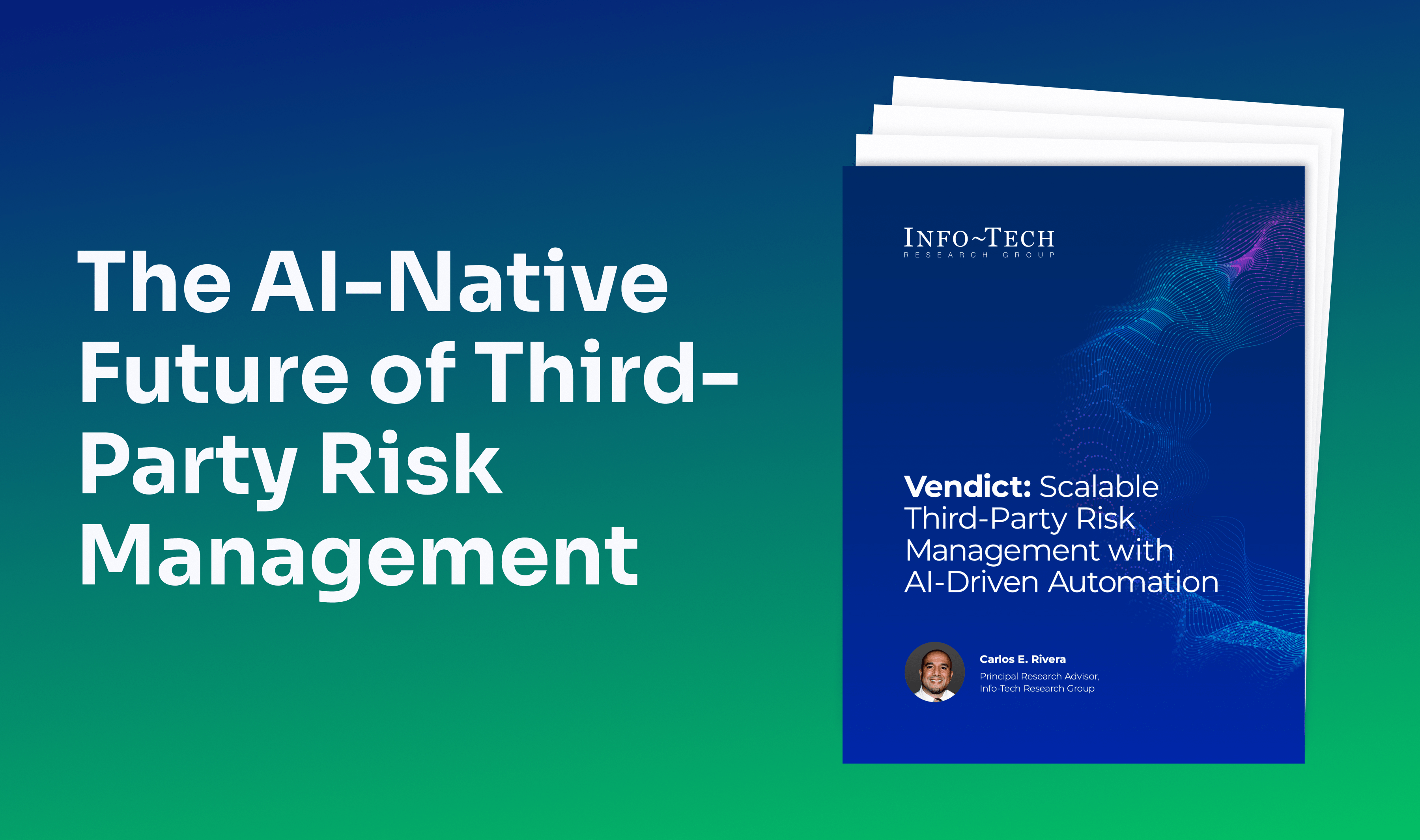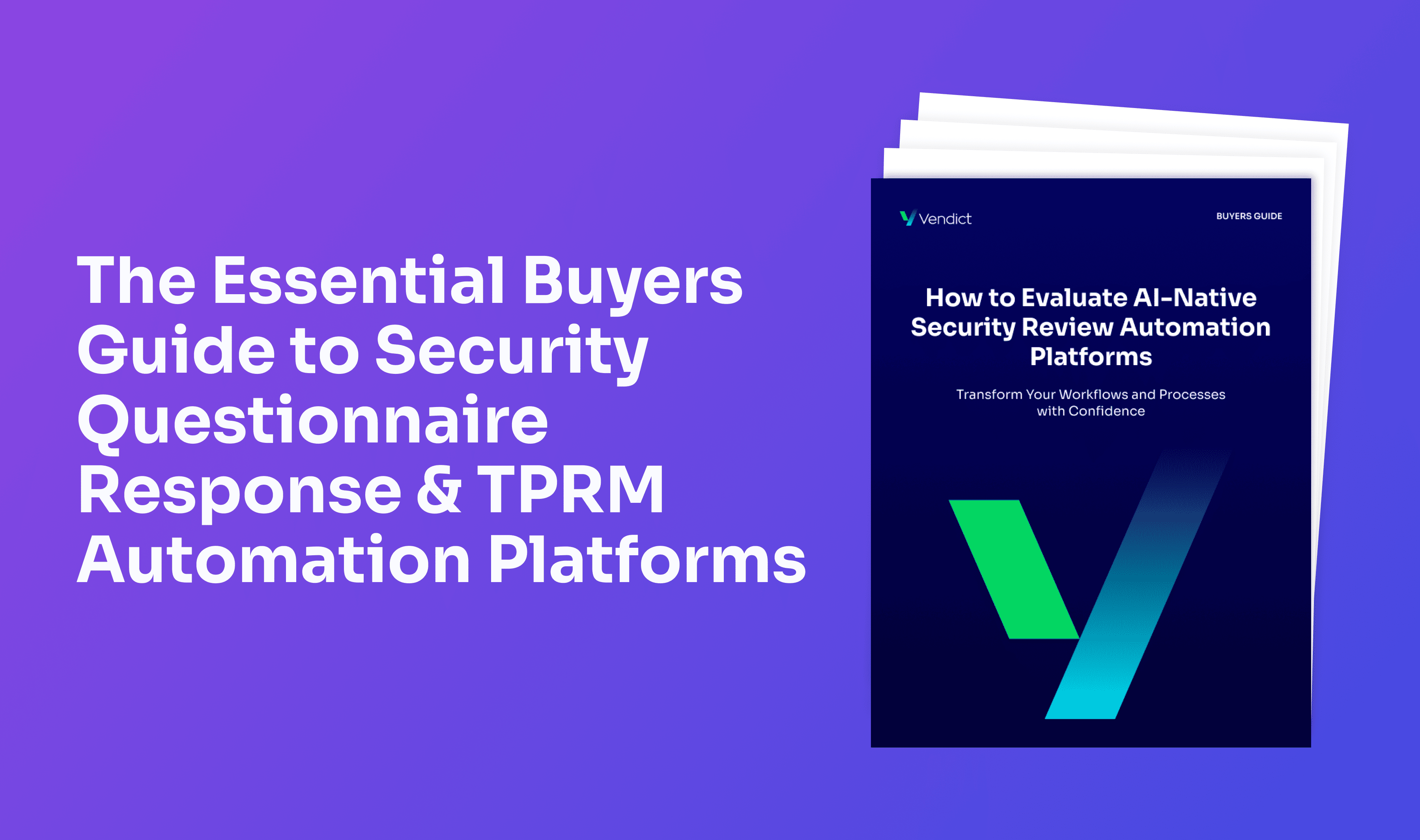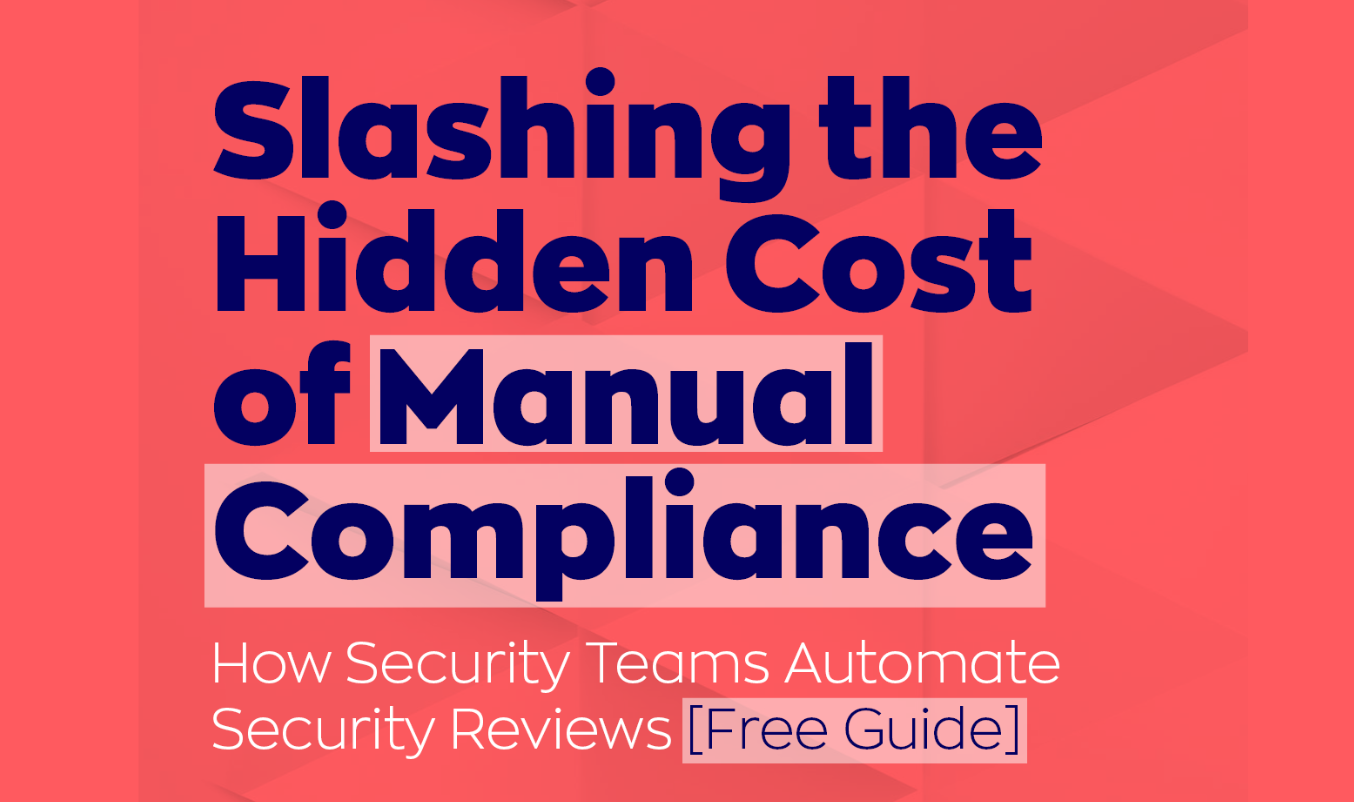Vendor Risk Assessment: What You Need To Know

The modern business ecosystem is a complex network of interdependent entities, often bound by intricate third-party relationships. In this interconnected landscape, the significance of vendor risk management escalates substantially as it safeguards against potential threats and vulnerabilities that third-party affiliations can introduce. These external entities, while pivotal for growth and operational excellence, can also be a source of unforeseen risks—ranging from cybersecurity breaches to compliance failures and beyond.
Recognizing these risks is crucial, as, in very extreme cases, they can lead to operational disruptions, financial losses, and reputational harm. This underscores the need for thorough vendor risk assessments—comprehensive evaluations aimed at identifying and mitigating potential dangers that third-party vendors may pose. This article will look into vendor risk assessments, outlining their necessity, the types of vendor risks, the methodologies for risk scoring, optimal timings for assessments, and the process of conducting them.
Why Do You Need a Vendor Risk Assessment?
Vendor risk assessments are indispensable in the modern corporate landscape, where businesses often rely on many third-party vendors for essential services and products. This reliance, while beneficial for scaling operations and accessing specialized expertise, also exposes organizations to various risks that can compromise security, operational integrity, and compliance with regulatory standards. Cybersecurity is a prime concern, as third-party vendors can become the weakest link in an organization's security chain, leading to potential data breaches and loss of sensitive information.
Conducting a vendor risk assessment via security questionnaires allows an organization to identify and manage these risks proactively. It's a critical component of a comprehensive risk management strategy, ensuring that interactions with vendors do not endanger the organization's assets or reputation. Through these assessments, organizations can scrutinize the security protocols, compliance records, and performance standards of their vendors, thereby safeguarding their business interests.
Different Types of Vendor Risks
Vendor risks manifest in various forms, each with the potential to impact an organization differently:
Cybersecurity Risks
In an age where data is a valuable commodity, cybersecurity risks associated with vendors are particularly alarming. These risks include not just hacking and data leakage but also the exposure of sensitive information due to inadequate information security practices. The consequences of such breaches can range from loss of customer trust to significant financial penalties and legal repercussions for failing to protect data.
Compliance Risks
Compliance risks are linked to the legal and regulatory implications of a vendor's operations. These risks can be complex, involving multiple layers of regulations across different jurisdictions. Vendors who fail to adhere to laws, such as those governing data protection, labor, or environmental standards, can inadvertently expose the hiring organization to legal risks, including fines, sanctions, and damaged relationships with regulators.
Financial Risks
These extend beyond currency fluctuation and credit risks to encompass broader economic dependencies. For example, if a business relies on a single vendor for a critical component, the vendor’s financial health becomes completely linked to the business’s operational continuity. Issues such as unexpected cost increases, bankruptcy, or financial mismanagement can directly affect an organization’s budget and financial planning.
Operational Risks
Operational risks are multifaceted, affecting the day-to-day workings of a company. They include disruptions in service delivery that can stem from a vendor's internal processes, technological failures, or labor issues. Supply chain risks also feature prominently, where delays or quality issues can halt production lines and affect market responsiveness. Moreover, a vendor's subpar performance or non-compliance with service-level agreements can lead to inefficiencies and increased operational costs.
Reputational Risks
The actions of a vendor can reflect directly on an organization's reputation. Issues such as unethical labor practices, environmental violations, or poor product quality can quickly become public relations nightmares. In the age of social media and instant communication, such reputational damage can spread rapidly, potentially leading to customer attrition, stakeholder dissatisfaction, and a decline in shareholder value.
Understanding and categorizing these risks is essential for developing an effective risk management strategy. It is vital to recognize not just the individual risks but also the interplay and compound effect they can have when combined. By doing so, organizations can create robust mitigation plans that address the multifaceted nature of vendor risks, thus securing their operations and preserving their hard-earned reputation in the marketplace.
How to Score Vendor Risks?
Scoring vendor risks requires a deliberate blend of analyzing complex data and subjective judgment. It starts with financial health: a vendor must not only be profitable but also show resilience against market shifts, ensuring they remain a reliable partner for your business. Then, the assessment considers the vendor's track record—how consistently they've met deadlines, maintained quality, and managed issues in the past. This is crucial for forecasting their future performance and reliability.
Cybersecurity evaluation follows, gauging the vendor's defenses against digital threats and their capacity to protect sensitive data. It's a critical measure in a landscape where data breaches can be costly. Additionally, the assessment verifies that vendors comply with relevant laws and regulations, as any deviation could bring legal repercussions to your company.
A risk score is then assigned to each vendor, synthesizing these aspects into a metric that informs how much oversight and management they may require. This score is not static; it needs regular review to reflect any changes in the vendor’s operations or broader industry trends. Maintaining up-to-date risk scores is crucial for effective risk management and informed decision-making in ongoing vendor relationships.
When to Perform a Vendor Risk Assessment?
Recognizing when to conduct a vendor risk assessment is as vital as the assessment itself. A first check is essential when you start working with a new vendor, as it helps you understand what kind of risk they bring to your table. But just like a car needs regular servicing, your vendor relationships need regular check-ins to make sure everything's still running smoothly. These aren't just calendar events; they're based on how much you rely on the vendor, what kind of service they're giving you, and the industry's rule book you both play by.
Unexpected changes call for unexpected reviews. If there’s a breach, a shake-up in regulations, or a new direction in your company or the vendor's, it's time to reassess. This is like having an emergency drill; it prepares you for real problems. Being proactive with these assessments is smart—it keeps you one step ahead and ensures that your business is always ready for the curveballs that vendor relationships can throw.
This layered approach to scheduling and conducting risk assessments, blending routine checks with the agility to respond to new developments, ensures that an organization’s interactions with vendors remain within a manageable risk threshold. It is a dynamic process that allows businesses to adapt to changes within and outside their control, maintaining a secure and stable operational environment.
The Process of Performing a Vendor Risk Assessment
Performing a vendor risk assessment involves a detailed and systematic approach to ensure that potential risks are not just identified but are managed effectively. Here’s what that process typically looks like:
Identification: This step is about creating a list of all your vendors. Think of it as taking inventory of everyone you do business with, big or small. This list should include every company that provides you with products or services, from the ones that supply your office coffee to the ones that manage your customer data.
- Categorization: Now, it's time to rank these vendors based on how critical they are to your business and the level of risk they could potentially bring. For instance, a vendor that handles sensitive customer information might be considered higher risk than the one supplying stationery.
- Criteria Development: Here, you’ll decide on the standards to judge each vendor. What makes one vendor riskier than another? It could be their financial health, their cybersecurity measures, or their track record with other clients. These standards help you measure risk consistently across all vendors.
- Data Collection: You'll need to dig deep and gather as much information as possible about each vendor. This might involve looking at their financial statements to assess their economic stability, reviewing contracts to understand legal obligations, or evaluating their security measures to ensure they can protect your data.
- Risk Scoring: With all this information, you assign a risk score to each vendor. This score helps you quickly see which vendors pose the most significant risk and which ones are likely to be safe partners.
- Mitigation Strategy Development: For vendors with higher risk scores, you’ll need a game plan to reduce those risks. This could involve anything from setting up more frequent check-ins, tightening up contract terms, or even finding alternate suppliers as a backup.
- Documentation and Reporting: Keep detailed records of everything you do during the assessment. This documentation is crucial not just for keeping track of your current risk levels but also for showing regulators and auditors that you’re staying on top of vendor risks.
- Continuous Monitoring: Finally, risk assessment isn’t a one-and-done task. You’ll need to monitor your vendors constantly, as new risks can pop up out of nowhere. Continuous monitoring means you’re always ready to spot and respond to changes that could affect your business.
By following these steps, you can build a clear picture of the risks in your vendor network and take the proper steps to manage them. This process not only protects your organization but also ensures that the trust between you and your vendors is well-placed and that your business operations can proceed without unexpected disruptions.
Bottom Line
Vendor risk assessments stand as a crucial pillar in safeguarding business integrity in today's interconnected commercial world. They are far more than a procedural checkbox; they are a strategic imperative for organizations navigating the complexities of third-party partnerships. These evaluations serve to pinpoint and curtail the multifarious risks vendors preemptively may present.
In effectuating regular, thorough assessments, businesses not only shield their operational assets and reputation but also secure the continuity and prosperity of their enterprise endeavors. Adopting such assessments is a testament to responsible corporate governance and a proactive stance in the face of the multifaceted challenges of the digital era.
.png)








.png)
